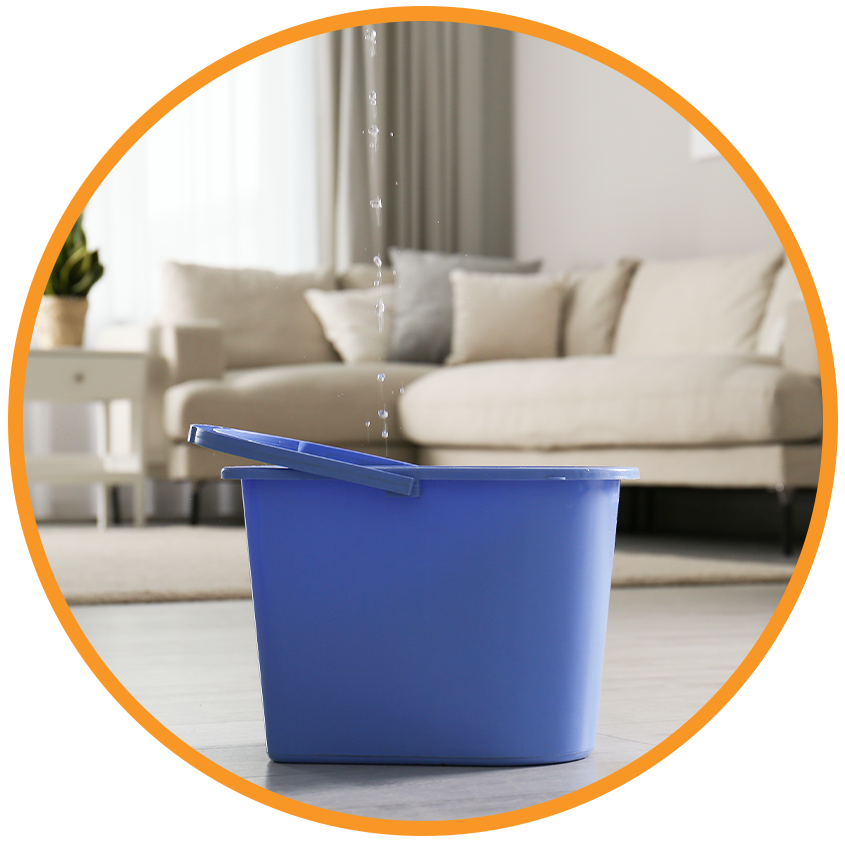
When planning your next move, whether it’s across the street or to a nearby neighborhood, choosing the right team of movers can make all the difference. That’s why many homeowners and renters rely on trusted professionals found at https://lamesamovers.com/local-movers-near-me/. With the right local moving company by your side, even the most complex relocations can become a seamless experience.
Local moves might appear simple on the surface, but they come with their own set of challenges tight schedules, parking logistics, fragile belongings, and time-sensitive transitions. That’s why hiring a skilled, community-based moving team is essential for a safe and hassle-free move.
What Makes Local Movers Different?
Unlike national or long-distance movers, local moving companies specialize in short-range relocations. Their deep familiarity with neighborhoods, traffic flow, parking regulations, and local building access can be a major asset. This means fewer surprises on moving day and faster, more efficient service.
Local movers also tend to offer a more personalized experience, with teams that live and work in your community. You’re not just another job on their schedule you’re a neighbor. This local connection often leads to a higher level of care, better communication, and more accountability.
Services Offered by Professional Local Movers
A full-service local moving company typically provides everything you need to make your move smooth and successful, including:
Packing and Unpacking: Save time and protect your items with professional packing using the right materials and techniques.
Loading and Unloading: Experienced movers handle the heavy lifting, minimizing the risk of injury or damage.
Furniture Disassembly and Reassembly: Large furniture is handled with care, ensuring that it fits through doorways and into moving trucks safely.
Specialty Item Handling: From pianos to antiques, trained movers know how to transport delicate and high-value items.
Storage Solutions: Temporary or long-term storage is often available if you need extra time between locations.
These services can be tailored to fit your needs, whether you’re moving a small apartment, a family home, or a local business.

How to Choose the Best Local Movers Near You
With so many companies claiming to be the “best local movers near me,” how do you make the right choice? Here are a few key criteria to keep in mind:
Experience and Reputation: Look for a company with a strong track record in your community. Online reviews and word-of-mouth recommendations are often great indicators of a mover’s quality.
Licensing and Insurance: Always verify that the moving company is fully licensed and insured. This not only protects your belongings but also ensures you’re working with professionals who meet regulatory standards. You can explore consumer protection efforts through the Office of Inspector General, which provides oversight across transportation services.
Transparent Pricing: Reliable movers will provide detailed, written estimates. Watch out for vague quotes or companies that demand large deposits up front.
Customer Service: A responsive and respectful team is a good sign of a company that values its clients. Clear communication before, during, and after the move helps everything run smoothly.
Custom Solutions: Every move is different. The best moving companies offer flexible options, whether you’re looking for full-service moving or just need help loading a truck.
Why Hiring Local Movers Is Worth It
While DIY moves might seem cheaper at first glance, they often come with hidden costs rented trucks, fuel, equipment, lost time, and potential damages. Hiring professional local movers gives you peace of mind and frees you up to focus on other important tasks, like settling into your new space or handling paperwork.
With skilled hands and professional tools, movers can complete jobs faster and safer than most people can on their own. And when you choose a reputable local team, you’re supporting businesses in your community.
Final Thoughts
Whether you’re planning a quick move across town or need help with packing and storage, hiring experienced local movers can save you time, stress, and even money in the long run. If you’re searching for trustworthy local movers near me, start your journey with a team that knows the area and puts customer service first.


